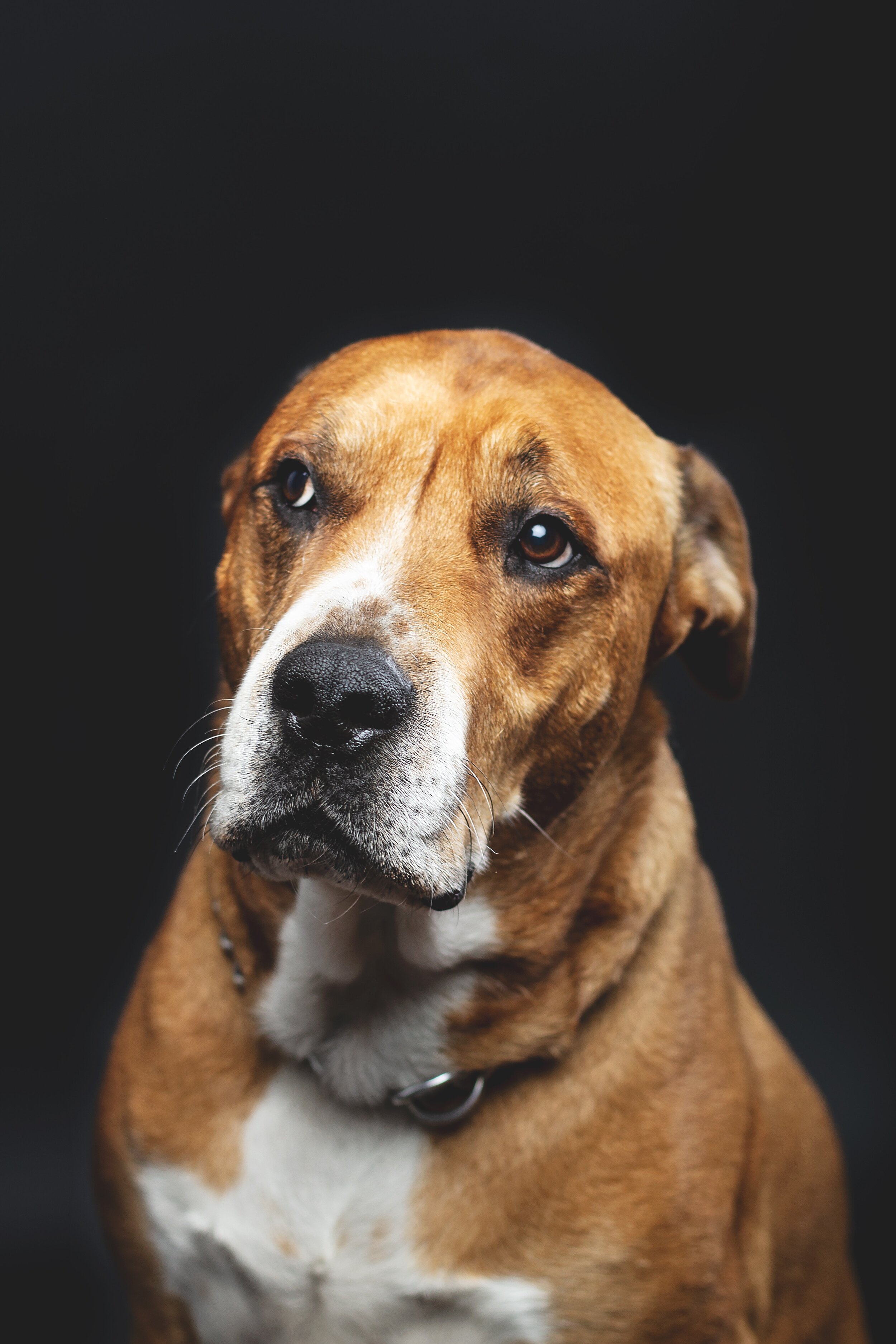Separation anxiety
We had a question from Steph who wanted to know more about separation anxiety.
Now Steph mentioned taking some tips from Ceasar Milan so I went on over to Dr Google and had a look at his advice, and it was good. His tips are similar to what I would advise. So let’s take a look.
What does separation anxiety in dogs look like? Your dog could excessively salivate, pace, bark or whine, destroy items in the home, scratch at walls, doors and floors, and attempt to escape from the crate, room or yard.
Before we can treat separation anxiety, we need to understand the cause of the anxiety, the severity of the anxiety and if it is true separation anxiety or boredom!
A lot of people seek help and advice from their vet or a vet behaviourist. These professionals may prescribe drugs, which tend to calm a dog’s senses a little, but they are not a cure. Drugs only provide a support mechanism to assist in rehabilitating the dog, it is only a temporary fix for the underlying problem. You have to treat the root cause. And if the person who prescribed medication doesn’t also put in place a training plan, then only half the job is being done. This is where teaming up with a dog trainer who has qualifications in dog behaviour and behaviour modification can be the professional who helps change the behaviour, with the aim of reducing or stopping the medication dependency. Think of it like having a team of professionals looking after the health of your dog.
So let’s look at a few things that can contribute to a dog’s separation anxiety.
Dogs have become part of our family and the term “fur baby” is used often to describe that relationship. Sadly, it is that kind of connection of child and parent that can lead to our dogs feeling stressed when we leave the house or just leave the room.
We want to show our dogs how much we love them so we “make a fuss” when we leave. We say goodbye multiple times, we tell them we love them, we tell them we’ll be back soon etc. Then when we get home they are excited and we love the feeling that gives us so we rush to them, we encourage the excitement and jumping and make it a big deal that we came home. We become their only source of confidence, their security, and their pack.
All this comes from a place of love for our dog but we need to realise that this behaviour from us is causing stress to our dog and living a life of stress is not fun. So we need to make the choice to do everything we can to reduce the stress on our dog and a few small changes to our routine can help.
Every day training
Teach independence and relaxation. Some dogs don’t relax naturally and need to be taught how to just chill out.
Teach them place and make it a cue to relaxation (see previous training tip)
Give them time away from you and the family when you are home. Pop them outside while the house gets cleaned or when you are having dinner. Feed them outside.
Take time to make their area when alone fun! If it is outside and the only time they go out there is when you leave they will start feeling stressed the minute you ask them to go out. Take time to play with them outside or sit outside with a drink and have the dog just hanging out on their bed while you finish your drink. Make it a place that sometimes the whole family just hangs out.
Make sure you have clear boundaries and rules in your home. A dog that has full run of the house 100% of the time is often stressed out. They need structure and they need to be able to predict what is going to happen. If each and every day is different with the rules, where one day they are allowed on the couch but the next they aren’t, the dog will have no way of being able to modify their behaviour to suit the environment. Think of it as an office that has no boss. Everyone just does what ever they like, when ever they feel like, then one day someone comes to tell you you aren’t getting paid today because you did something wrong. You feel confused and don’t understand why it happened. Then tomorrow comes and the boss arrives and tells you you’ve been doing great and keep doing what ever you want. You’d be confused right? No rules and no structure at work (no leadership) makes for an unpredictable work life that creates stress. This is how a dog can feel without boundaries and routine.
Teach your dog some tricks and practice their obedience skills. Give them a job to do and earn their food and your attention. Not the pacing, barking, clingy behaviour, but the strong, controlled behaviours.
Before you leave the home
Take them for a walk before going out to tire them a little. Most dogs will relax after some exercise so adding this to your leaving routine can reduce their anxiety.
Leave them with things to occupy their mind. Puzzle toys with their breakfast are a great way keep them entertained
You can leave a radio on for some background noise. If you are able to have a speaker system set up you can play music from “Through a dogs ear” on Spotify. This music is developed specifically for reducing stress in dogs and many kennel facilities use it daily to reduce barking.
Dogs pick up on your routine more than you realise so change it. If you make coffee, get your keys, put the dog outside then leave, change it. Put the dog outside with his/her breakfast or a Kong stuffed with food or a nice raw meaty bone to eat, without fuss! No big pats, cooing, telling them you love them, given them their food and walk back inside like nothing is happening. Then make your coffee and leave. Don’t talk to them after you put them outside.
When you get home
Make coming home neutral. No big party when you get home, don’t interact with your dog until they are calm. This is a really hard one for people to do because we are happy to see our dog too. When we get home they are excited and we love the feeling that gives us so we rush to them, we encourage the excitement and jumping and make it a big deal that we came home. This to the dog can show them that there was a reason for them to be worried while you were gone.
Separation anxiety can be fixed but it is a process and takes time. If you need help drop us a line and let us help you and your dog live a stress-free life together.






